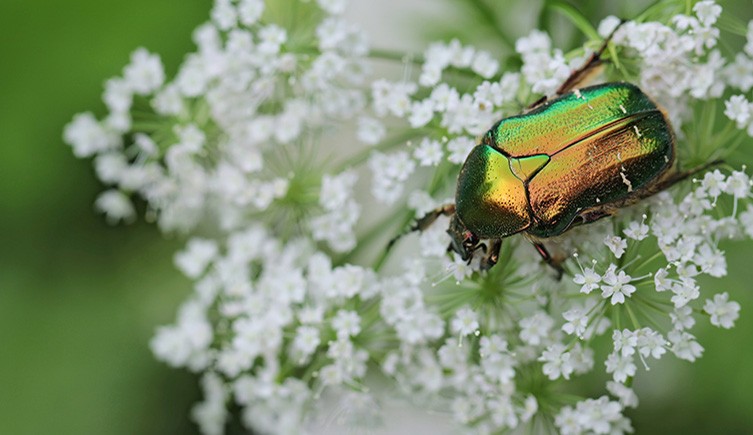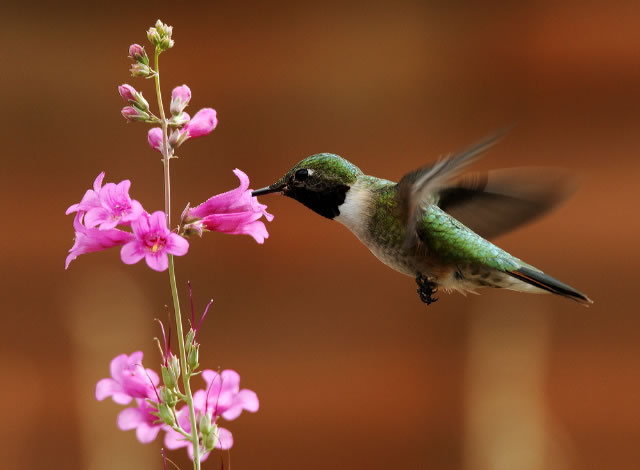Did you know that one out of every three bites you take relies on tiny, buzzing heroes: pollinators? From bees and butterflies to hummingbirds and even bats, these incredible creatures play a vital role in ensuring food security and keeping our ecosystems healthy.
But did you also know these essential allies are facing a silent crisis? Habitat loss, pesticide use, and climate change are pushing many pollinator populations towards decline, putting our food, environment, and future at risk.
But there’s good news! We can all be part of the solution. By taking action in our backyards and communities, we can create a haven for these winged wonders and ensure their continued buzz for generations to come.
What are pollinators?
They are animals that transfer pollen from the male flower parts (anthers) to the female flower parts (stigma) of plants, which leads to fertilization and the production of seeds, fruits, and other plant products. There are many different types.
Types of Pollinators
Bees: Bees are the most common type, and there are over 20,000 species of bees worldwide. Bees are highly efficient pollinators, and some species are specifically adapted to pollinate certain types of plants.

Butterflies and moths: Butterflies and moths are important for flowers that are brightly coloured and have a sweet scent. They are less efficient than bees, but they can travel long distances and reach flowers that are high up or far apart.

Flies: Flies are important pollinators for some plant species, especially those that have a strong odour, such as carrion or dung flowers. They are less efficient than bees and butterflies, but they can visit many flowers in a short period.

Beetles: Beetles are also efficient at pollinating plant species that are large, have a strong odour, or produce a lot of pollen. They are less efficient than other pollinators, but they can be important in certain ecosystems.

Birds: Birds are important pollinators for some plant species, especially those that have tubular flowers or produce a lot of nectar. Hummingbirds are the most common bird pollinators and are highly efficient at pollinating flowers.

Bats: Bats are important pollinators for some plant species, especially those that produce flowers that open at night and produce a lot of nectar. Bats are less efficient than others, but they can be important in certain ecosystems.

Why are pollinators so important?
Imagine a world without fruits, vegetables, nuts, and even chocolate! It wouldn’t be pretty. By transferring pollen from flower to flower, they enable plants to reproduce, providing us with a bounty of delicious and nutritious food. But their impact goes beyond our plates. They support diverse ecosystems, ensuring the survival of countless plants and animals, contributing to clean air and water, and maintaining a healthy balance in nature.
Pollinators are essential for the reproduction of many plant species, including crops that are important for human food and livelihoods. Pollinators, such as bees, butterflies, moths, flies, beetles, and birds, transfer pollen from the male flower parts to the female flower parts of plants, which leads to fertilization and the production of fruits, seeds, and other plant products. Without them, the production of many crops would be severely limited, which could have significant economic and environmental impacts.
Pollinators are estimated to contribute to the production of over 75% of global food crops, including fruits, vegetables, nuts, and seeds. Pollinators also play a vital role in maintaining the genetic diversity of plant populations, which is important for plant adaptation to changing environmental conditions.
In addition to their role in agriculture, they also contribute to the ecological balance of ecosystems by supporting the reproduction of wild plant species. They also provide food and habitat for other wildlife, including birds, mammals, and insects.
However, they face several challenges, including habitat loss, pesticide use, climate change, and disease. The decline in their populations could have significant economic and environmental impacts on agriculture and ecosystems.
What are the threats to pollinators?
Sadly, our buzzing friends face several challenges:
- Habitat loss: Urban sprawl, deforestation, and intensive agriculture destroy the nesting sites and food sources vital for their survival.
- Pesticide use: While intended to control pests, these chemicals often harm beneficial insects like bees and butterflies.
- Climate change: Rising temperatures and unpredictable weather patterns disrupt pollinator lifecycles and limit their food availability.
How can you help?
Without pollinators, the production of many crops would be severely limited, which could have significant economic and environmental impacts. Here are 6 simple yet impactful strategies you can implement in your backyard or community
- Provide habitat: Fill your garden with native flowers that bloom throughout the season. Pollinators require suitable habitats to live, feed, and reproduce. Providing habitat for them can be done by planting native flowers, creating wildflower meadows, and preserving natural habitats.
- Reduce pesticide use: Opt for natural pest control methods to keep your garden healthy without harming pollinators. Pesticides can be harmful to them, even at low doses. Reducing pesticide use can be achieved by adopting integrated pest management practices, using organic farming methods, and avoiding the use of pesticides during flowering periods.
- Provide nesting sites: Leave dead wood piles or build bee hotels to offer nesting sites for diverse pollinator species. For example, bees require nesting sites to reproduce. Providing nesting sites can be done by leaving dead trees, providing bee boxes, and creating suitable soil conditions for ground-nesting bees.
- Create corridors: Creating corridors between habitats can help pollinators move from one area to another. This can be done by planting hedgerows, creating corridors of native plants, and linking natural habitats through green spaces.
- Raise awareness: Talk to your neighbours, friends, and family about the importance of pollinators and inspire them to join the cause. Raising awareness about their importance can help to promote their protection. Also, educate farmers, policymakers, and the general public about their importance and the strategies for protecting them.
- Support local farmers: Choose to buy produce from sustainable farms that prioritize pollinator-friendly practices.
In summary, pollinators are essential for agriculture, and protecting them is critical for maintaining food security and ecological balance.


